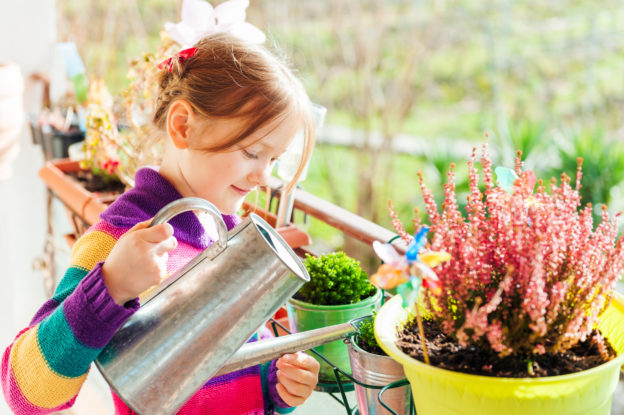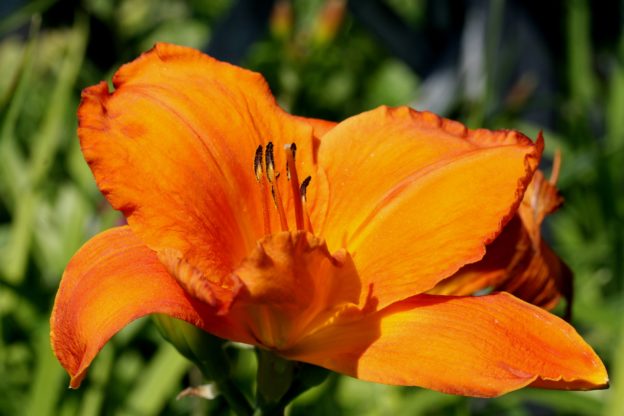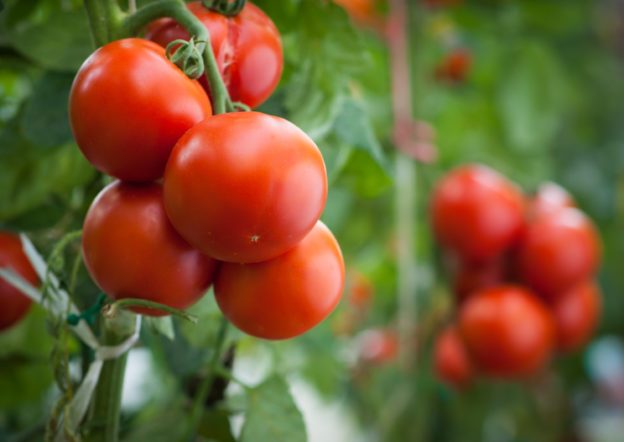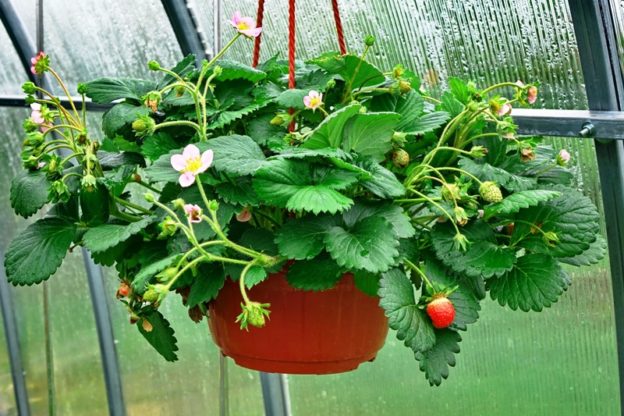City Gardening
Balcony and Rooftop gardens
Being in a city isn’t the be all and end all for gardening! Similarly if you can’t get an allotment or even don’t think that you could manage such a big task there are still gardening opportunities! Here are a few clever tips and tricks for making the most of that space, be it a balcony, rooftop or windowsill!
Top tips
To start with;
- Go gradually; add a few plants at a time and see how well they do in your balcony/ roof’s climate. It is also a good test to see whether you will look after them, before you spend any money on them!
- Watch the sun; how much sun exposure does this area get? 8 hours of sunlight classifies as full sun, partial shade is 4-6 hours and shade is anything under 4 hours. Plant labels are clear about which the plant requires although if you are unsure any of our experts in store would be more than happy to help you.
- Think about water; being on top of the roof may make watering hard. This is why something like a water butt is a great solution. Also use water retention techniques like mulching; try using bark or wood chips. For something more interesting you can also use pebbles or gravel. Read our watering guide for pot plants here.
- Prepare for wind; being on top of the roof there will be very little shelter so it is a good idea to incorporate a wind break to protect your plants.
- Storage; where will you store your tools, compost etc? There are plenty of options including small waterproof boxes, shelving or bench seating with some storage beneath.
- Furniture; if you have space for a small table and chairs this is a great spot for relaxation and a haven away from city life.
- Lighting; if you are planning to relax there and garden in the evenings after work then you will need some lighting. Why fuss about getting electricity working up on your rooftop or outside when you can so easily install effective and attractive solar lights!
Then;
8. Have a base; a selection of a few evergreen plants will mean that you have greenery all year round and that your balcony never looks bare or desolate.
9. Think vertical; make the most of the height! Upwards rather than outwards will save a lot of space and can also look really interesting. For example by piling up to 5 different size pots on top of each other (a wooden rod through the middle) you can grow 5 separate containers and only take up one part of the ground!
10. Flowers never go a miss! Adding a hint of colour amongst the green can have a huge impact and make the space look bigger and more interesting. At the same time, be careful not too add to much colour! Stick to around 3 shades of colour to prevent the small area looking too busy and crowded.
11. Place strategically; a few simple tricks of the eye can help make your area look a lot bigger. Using the height will help, similarly placing mirrors will make it feel much bigger
12. Go! Add in your containers and raised beds wherever you can fit them and start planting!
Fruit and Veg
Even growing a small amount of fresh food to incorporate into your diet and cooking will be worth it! Keep in mind that your fruit and veggies may have less growing room than they would normally. Compensate for this with high quality soil and composts.
The best fruit and vegetables for small spaces;
- Herbs; these all grow well in small containers. You can grow a great combination of herbs and they are a great bit of fresh produce to start with. Why not try a medicinal herb garden? Read all about how to create and use one here.
- Blueberries; these can grow in any container over 45cm! All they require is regular watering, an acidic compost and an ericaceous fertiliser
- Chillies and peppers
- Salad; cut and come again salad leaves are great, the yield is high and they can be grown in any container!
- Tomatoes; tomatoes will grow perfectly in containers. Just stake them early and keep them well watered. Alternatively you can plant them in hanging baskets!
Hanging baskets
Hanging baskets are great for space saving and you can even have containers below to double your growing space! So many surprising things can be grown in hanging baskets including;
Strawberries, tomatoes, herbs, salad leaves, cucumbers, aubergines, courgettes, peas and runner beans.
Flowers
The best low maintenance flowers for rooftops and balconies;
begonias, marigolds, fuchsias, hydrangeas, chrysanthemums, petunias, clematis plants.
Note on Rooftop Gardens
Roof gardens are a brilliant idea because they look incredible and make use of a space that is otherwise redundant. However before you start with this its important to ask for some structural advice and to know if your roof can take the weight and if you will need permission.



 Stake any flowers that are overly tall or heavier at the top to keep them safe from wind damage.
Stake any flowers that are overly tall or heavier at the top to keep them safe from wind damage. – Harvest beans. Both French and Runner beans need to be picked early and often. This will prevent them from going to seed, stop them from becoming stringy and also encourage a second growth.
– Harvest beans. Both French and Runner beans need to be picked early and often. This will prevent them from going to seed, stop them from becoming stringy and also encourage a second growth.

 1. Reduce water loss by mulching to trap the water and hoeing to break up the soil.
1. Reduce water loss by mulching to trap the water and hoeing to break up the soil. 1. Give fruit plants a good soaking in any dry spells, especially those with swelling fruits such as apples.
1. Give fruit plants a good soaking in any dry spells, especially those with swelling fruits such as apples.






